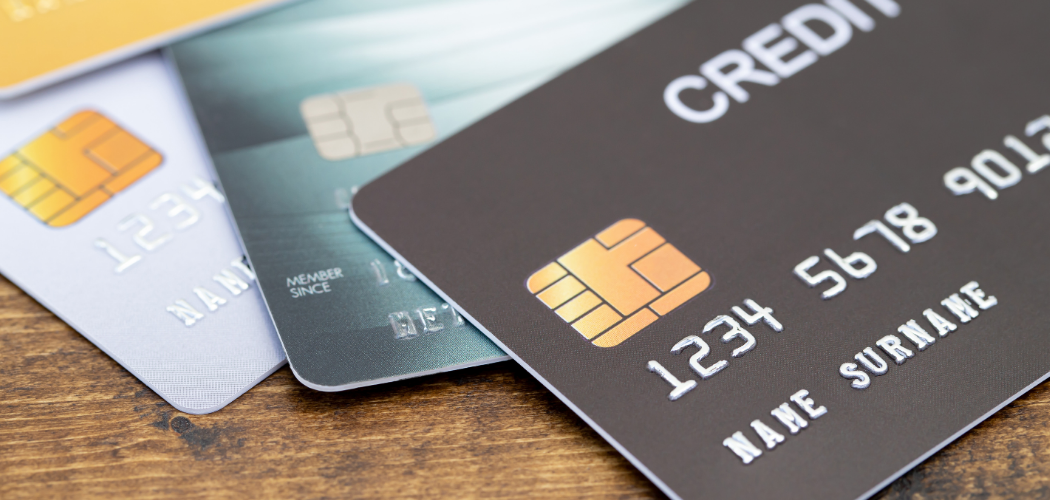A spree of devaluations raises questions regarding the state of the industry
Here’s a word we all seemed to forget about for a while: “travel."
Now before you get too excited, there are still a few hiccups facing this beleaguered industry. After four straight months of exceeding pre-pandemic levels, total travel spending was 3% below 2019 levels in August,[1] possibly due to economic pressures such as inflation. But it really was a scary few years between March 2020 and today, and signs are trending in the right direction, especially after the dizzying dive that occurred peak-pandemic which sent typical revenues packing.
Look more closely though; there may be some lingering symptoms rippling through the industry after all. Especially as it relates to loyalty points valuation and the implications for customers. Because just recently, two titans of travel loyalty - Radisson and Marriott - announced sweeping changes to the way their points are distributed and an abrogation to their inherent worth. Could this mark the beginning of a new era of hospitality and travel loyalty defined by devaluation?
Radisson Rewards: New Tiering Structure
Previously, Radisson Rewards had four membership tiers: Club, Silver, Gold and Platinum. But earlier this month, the renowned program presented a pared down three-tier hierarchy, with two of them forming the elite level: Club, Premium, and VIP. Notably, Radisson Club members previously earned 20 points per dollar spent, but under the new format, a mere 9 points per dollar is up for grabs. Interestingly, it’s only the base tier which is affected by this devaluation strategy - on the flip side, reaching Premium status actually increases your earnings three-fold compared to before, and requires just five nights (or three stays) to obtain.[2]
There are other changes, too. A new “dynamic pricing” model eliminates Radisson Rewards’ traditional award chart.[2] Now, members can apply points on a sliding scale (starting at 10 points), with the potential to earn enough to cover the entire cost of the stay.[2] With tactful marketing language to pad the punch, this sounds exciting, but the truth is that it’s a significant devaluation according Andrew Kunesh - writing for The Points Guy - who undertook a technical analysis of the new points model.[2]
Marriott Transfer Bonus Terminated
Radisson isn’t the only hospitality vendor to scale back their rewards valuation schemes; Marriott is also deprecating a long-running feature of its Bonvoy platform. A Marriott spokesperson revealed that the 5,000-mile bonus received when every 60,000 points are transferred will be ending for partnerships with American Airlines, Avianca, and Delta.[3]
The move doesn’t simply shortchange Bonvoy members on miles; it also devalues the broader hotel’s loyalty points. Under the current structure, guests that transfer 60,000 points to an airline partner receive 20,000 miles plus the 5,000 miles bonus for a ratio of 2.4 points per mile, The Points Guy reports.[4] But without the bonus, this transfer rate will drop to 3 points per mile when the bonus disappears at the end of the month.
We Value You
These strategic maneuvers come at an interesting time. In a world where pennies are being pinched, offering customers more value - not less - will build better equity and resonate longer within the overarching market. Perhaps these are symptoms of the hospitality industry specifically, depicting a struggle back to normalcy.
For brands in general looking to fine-tune their valuations to meet customer expectations, while the specific numbers obviously depend on countless factors, a broad understanding of conceptual valuation strategy will go a long way.
Start with the following three ideas and you’ll soon see customers clamoring for engagement:
- Offer more: if you can afford it, try to offer more points than your competitors; this will quickly move the needle for point hunters.
- Clear it up: be as transparent as possible in how you communicate your point valuations and try to connect abstract numbers to tangible rewards.
- Connect to culture: perceived value is more than the mere raw expense of rewards; compile a catalog that reflects the true needs and wants of your customer, remaining relevant and authentic to their demographic.
References:
[1] https://www.ustravel.org/research/monthly-travel-data-report
[2] https://thepointsguy.com/news/radisson-rewards-devaluation/
[3] https://thepointsguy.com/news/marriott-end-transfer-bonus-delta-aa-lifemiles/
[4] https://www.yahoo.com/lifestyle/marriott-no-longer-hotel-guests-160825172.html




